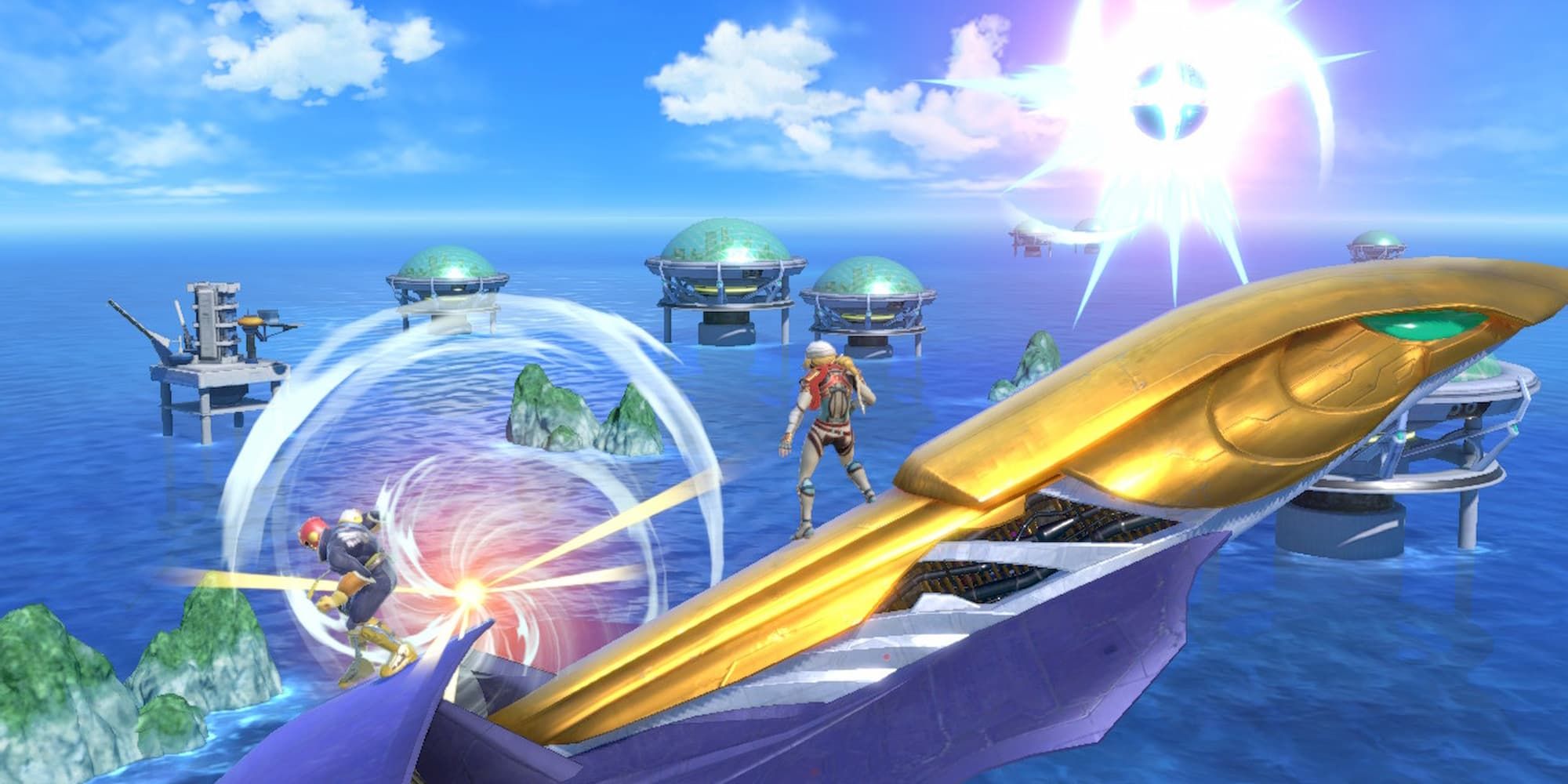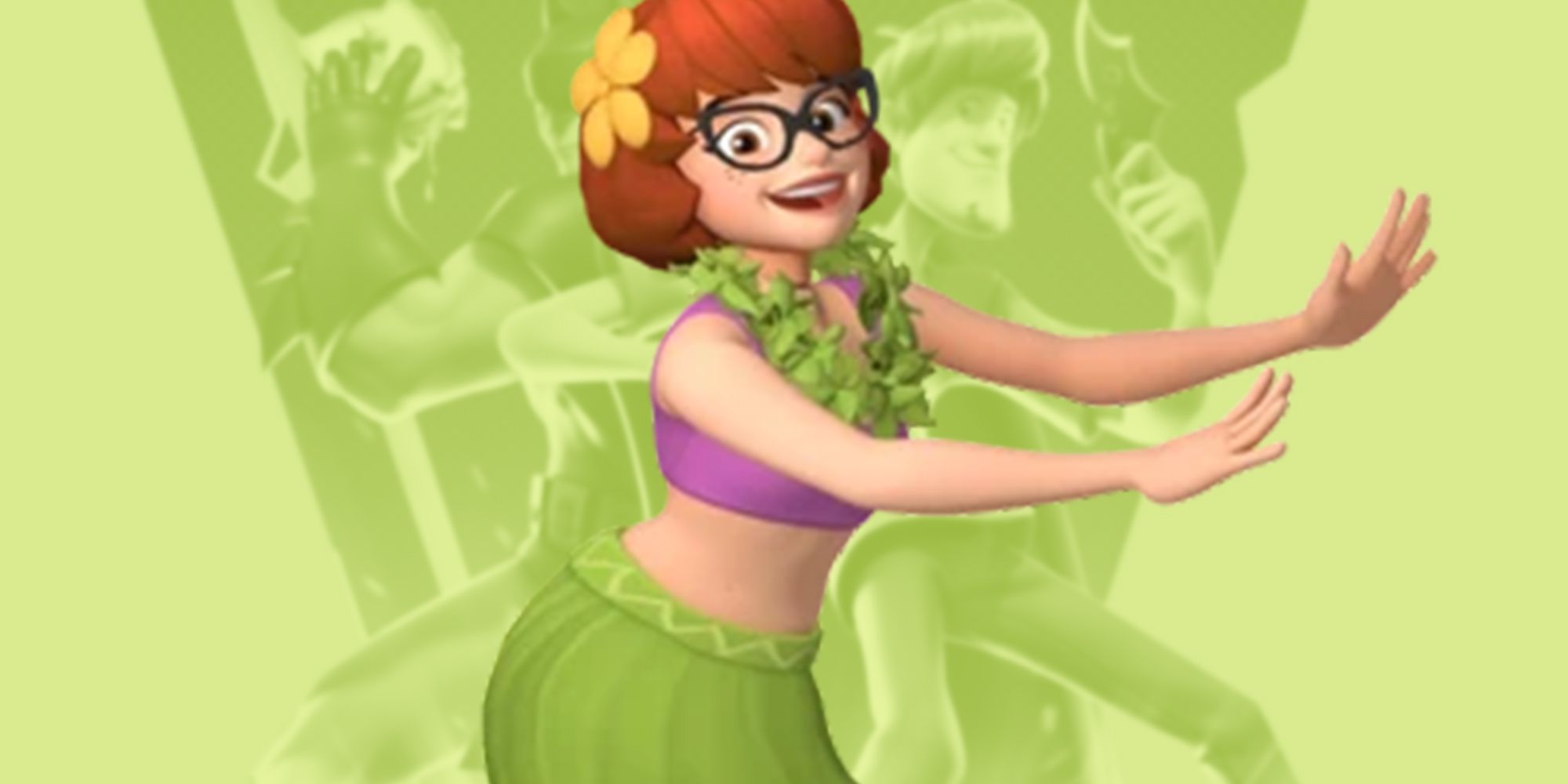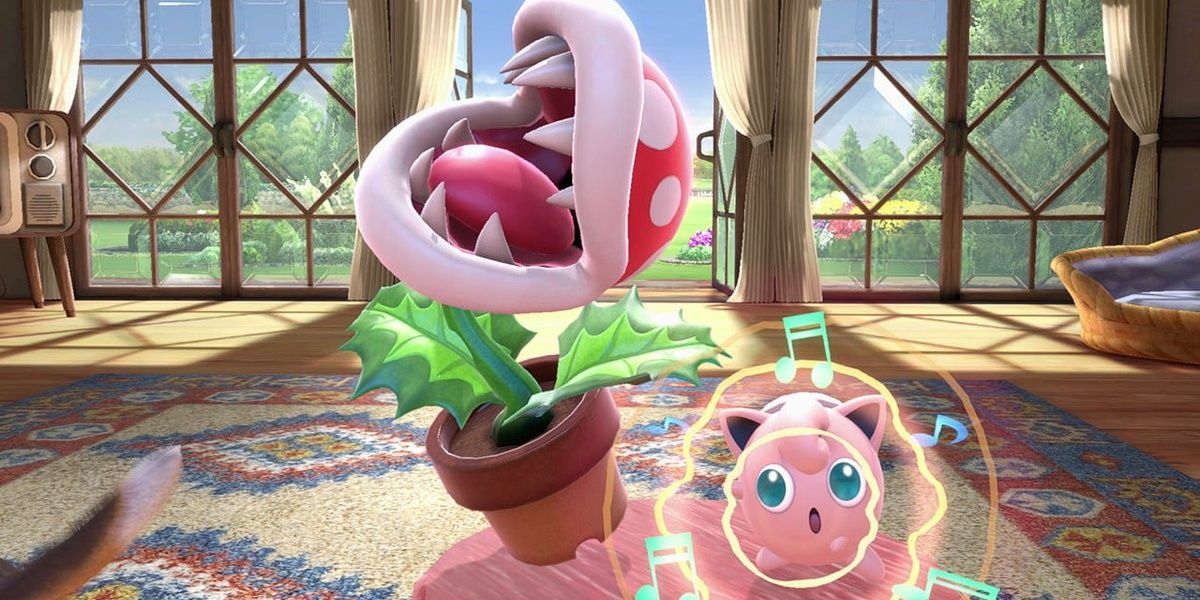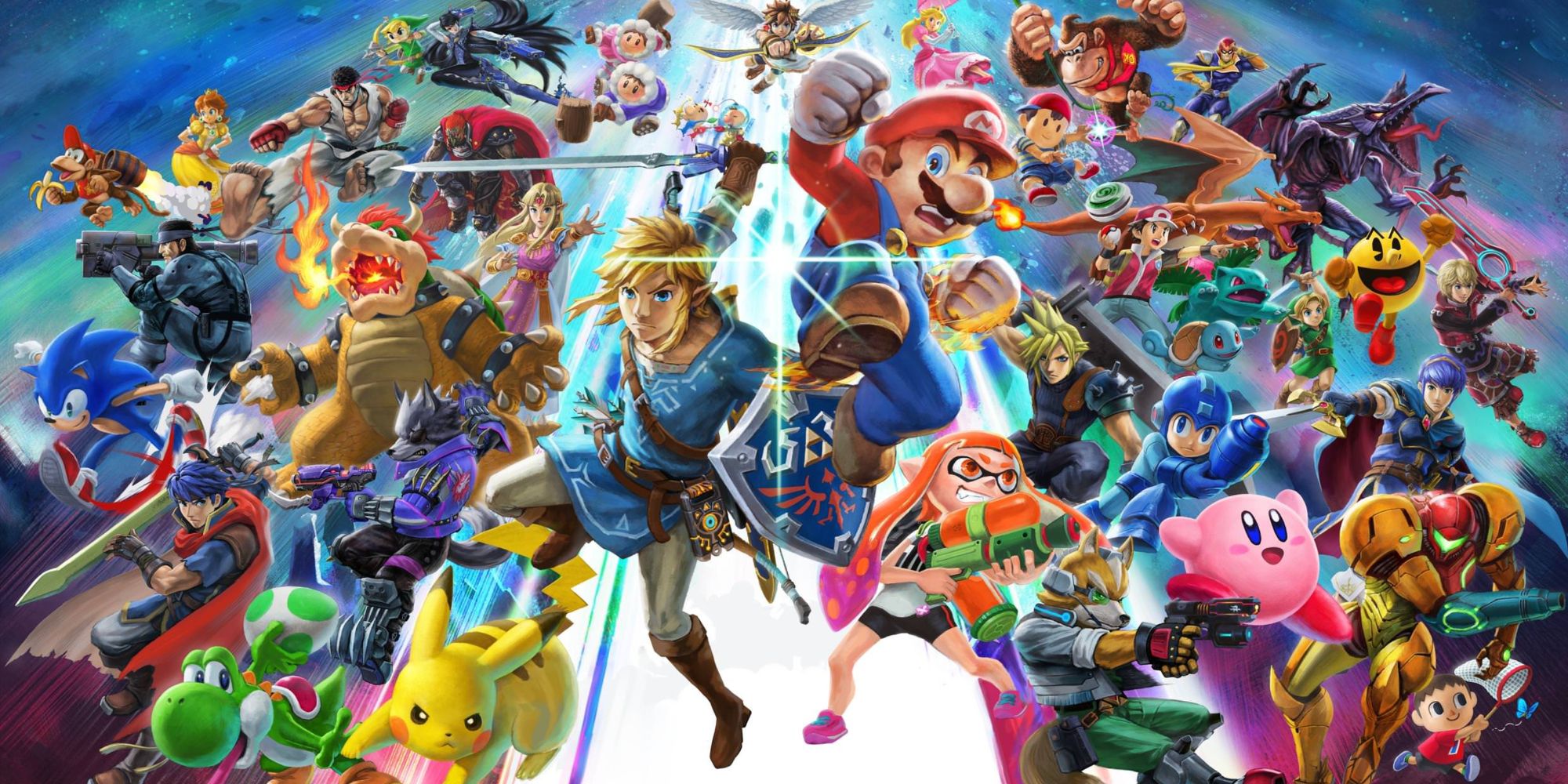A challenger approaches! MultiVersus, a fun new fighting game, brings together a cast of characters from DC Comics, Cartoon Network shows, and more to duke it out in battle. The game certainly has a Super Smash Bros. feel to it, but there are quite a few unique differences that set them apart.
So, the matter must be settled: which fighting game is superior, the classic Super Smash Bros. or the new MultiVersus? Even though only one game will get the crown, there are still merits to both. While Super Smash Bros. has consistently put out great games built on the same features and mechanics, MultiVersus may inspire new innovations in the crossover fighting game genre.
11/11 Character Roster: Super Smash Bros.
While there are certainly plans to introduce future MultiVersus characters (and plenty of rumors on who those new additions will be), it’s hard for the new release to compete with the number of fighters available in Super Smash Bros. today. Super Smash Bros. Ultimate has nearly 90 playable characters, compared to 17 in MultiVersus at the time of writing.
While some characters in Super Smash Bros. do have similar fighting styles or moves, the majority are completely unique, allowing you the opportunity to keep mastering new characters. There’s a fighter for everyone in Super Smash Bros.
10/11 Unlocking Characters: MultiVersus
The method to unlock characters in Super Smash Bros. can be a little tedious at times, and if you’re banking on getting a particular character, you may have to wait a while as the game triggers random encounters. In MultiVersus, however, unlocking characters simply requires a certain amount of currency.
The other benefit of this method is that you get to pick the order characters are unlocked. In-game gold can be earned through completing challenges and in battle, but if you don’t want to wait, you can purchase Gleamium crystals instead. Both can go towards the fighter of your choice.
9/11 Story: Super Smash Bros.
This is an easy victory for the Super Smash Bros. series, simply because MultiVersus has no story mode. Though not all Super Smash Bros. games have a single-player campaign or story mode of any kind, Melee, Brawl, and Ultimate do. All three campaigns use slightly different gameplay and provide an interesting break from Versus mode.
While these stories aren’t as elaborate as games that are built to tell a story, they are intriguing. Subspace Emissary from Super Smash Bros. Brawl is perhaps the most engaging of the three.
8/11 Leveling Up Characters: MultiVersus
MultiVersus adopts a mechanic that sets it apart from Super Smash Bros.: leveling up individual fighters to add power-ups and other bonuses. As you master a particular character in MultiVersus battles, you gain access to Perks that boost your character’s or team’s power. This is an intriguing way to allow you to customize your playing style and roster.
This doesn’t replace the need for skill, though. Some MultiVersus characters may be tricky to figure out at first, and these leveling-up boosts may require some additional practice to use well.
7/11 Items: Super Smash Bros.
Super Smash Bros. is famous for spawning items on the battlefield from various video game franchises. While items can be activated, they can also provide an extra layer of support, fun, and difficulty to battles. The most iconic of these items is the Smash Ball, which gives you an ultra-powerful move unique to the fighter: the Final Smash.
MultiVersus doesn’t have items or anything equivalent to a Final Smash, again giving Super Smash Bros. the automatic victory in this category.
6/11 Team Fighting: MultiVersus
Both Super Smash Bros. and MultiVersus have team modes, but MultiVersus seems built to support teamwork over Super Smash Bros. MultiVersus adds a new layer to the team battle dynamic by designing characters who can actively aid teammates in battle.
For example, Wonder Woman can shield herself and her ally on the battlefield. Reindog has a tether that can catch their teammate, saving them from either an opponent’s blow or from falling to their death. Super Smash Bros. doesn’t have any team-centric moves you can use in team battles.
5/11 Stages: Super Smash Bros.
This is another category that could change with time, but for now, Super Smash Bros., by virtue of its variety of stages, takes the crown in this category. MultiVersus relies on random stage generation, and all stages are structured similarly: flat and unchanging, except for the backgrounds and a few details on the platforms.
Super Smash Bros., though, not only has a ton of stages, but also allows you to adjust some design features. In Ultimate, you can turn off any special quirks of the stage and fight on a larger version of a stage if you have a bigger party. You can also make your own stages in Super Smash Bros., which is fun.
4/11 Unique Customization: MultiVersus
While options for customization are limited to certain aspects of the game, MultiVersus has a few unique changeable items that set it apart from Super Smash Bros. Characters in MultiVersus, for example, have special alternate costumes, playing off different appearances the character had in their respective show or movie. While technically Super Smash Bros. has more outfit options for characters, it mostly just means changing the color of the default costume, which is not as creative as MultiVersus’s alternate looks.
The most unique customization feature? You can unlock different announcers for matches. So if you want Superman to introduce the fight, you can!
3/11 Music: Super Smash Bros.
A small thing, but important nonetheless. Nothing can beat that epic opening to Super Smash Bros., nor the enormous set list of classic video game music across the years.
In contrast, MultiVersus’s music is fairly simple and doesn’t seem to use recognizable music from the various shows and movies that fill out the roster. Perhaps this is something that will change in the future, but for now, Super Smash Bros. has the best music.
2/11 Fighting Mechanics: Draw
Both Super Smash Bros. and MultiVersus are extremely similar in their gameplay. Both games give you plenty of offensive and defensive moves, all unique to the character you choose to fight as. The variety of fighting styles is present in both games too, giving players plenty of options to find a character who best suits them.
The only edge Super Smash Bros. has in this conversation is the Final Smash, which MultiVersus does not have an equivalent for. But it’s a nitpicky critique when both games play so similarly otherwise, so this one is a fair draw.
1/11 Verdict: Super Smash Bros.
Super Smash Bros. is a classic, and that’s hard to compete with. The series has remained consistently successful since the first game, building on past installments to make a great experience even better. It would take a very new spin on the fighting game genre to topple Super Smash Bros. from its throne.
That being said, MultiVersus has a lot of potential to be an incredible game. Its roster, comprised of characters from movies and TV shows, makes it distinct from the video game character cast in Super Smash Bros., and the game adds some fresh and interesting mechanics into the brawl-style multiplayer genre.





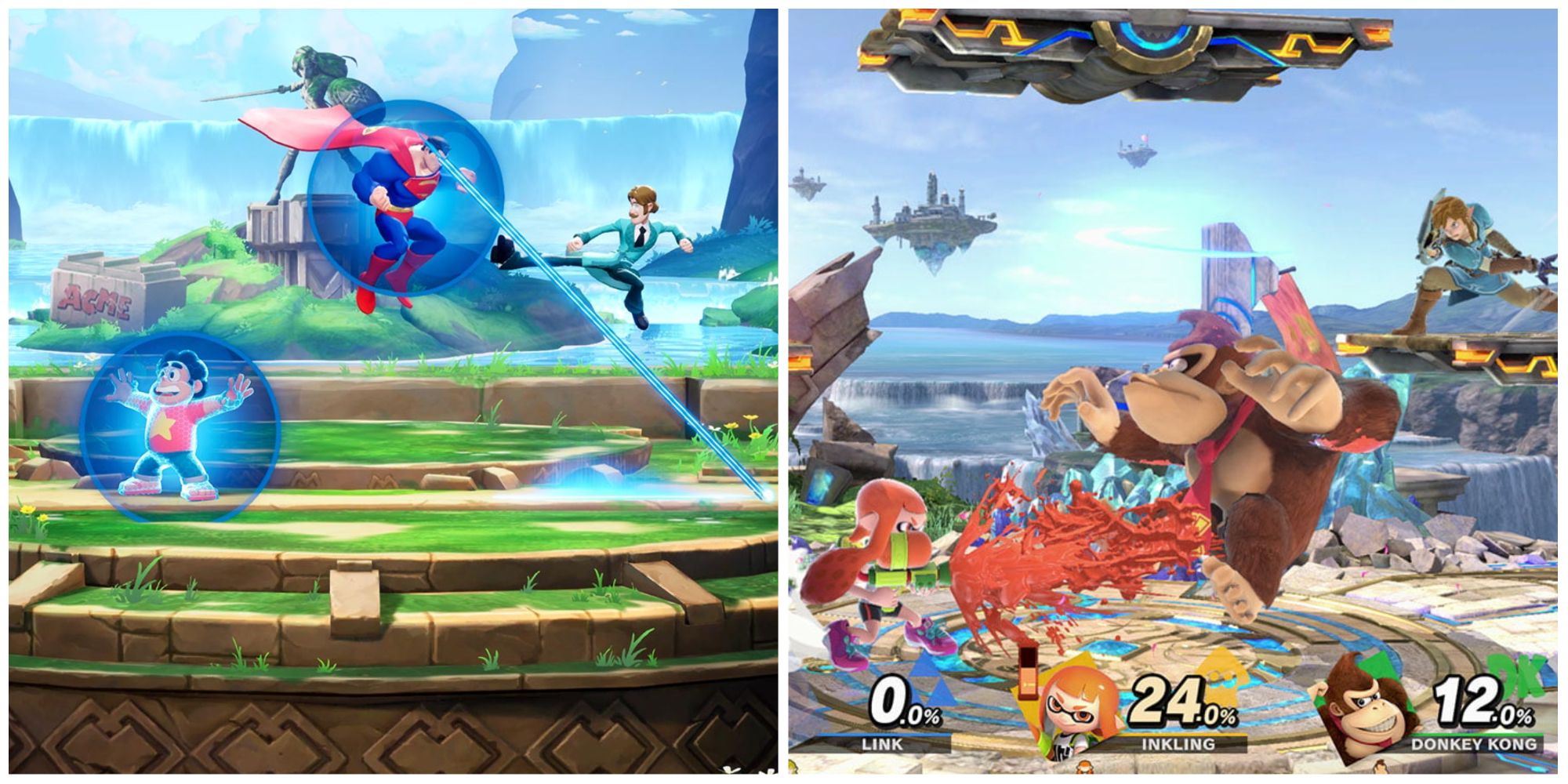
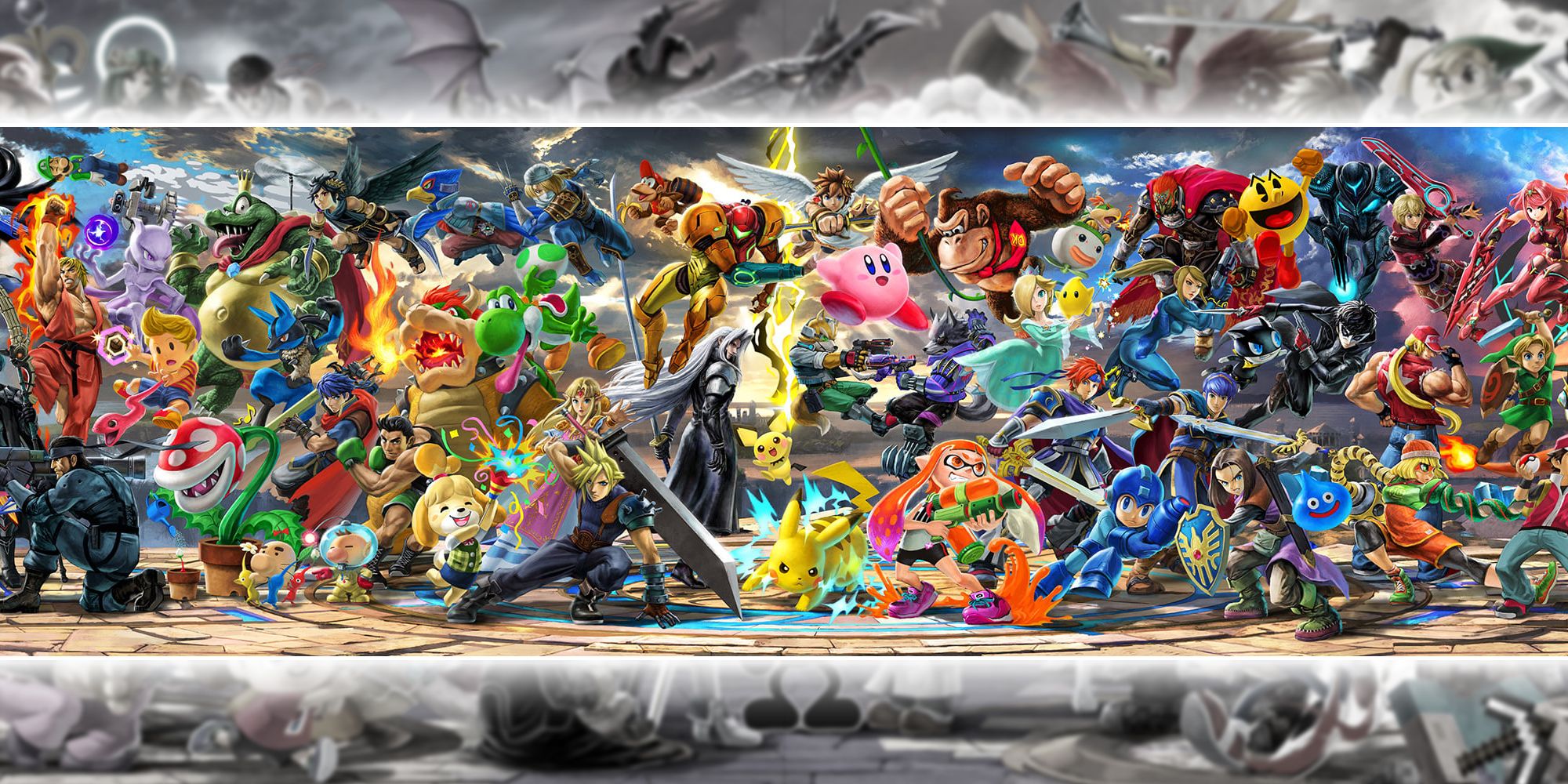

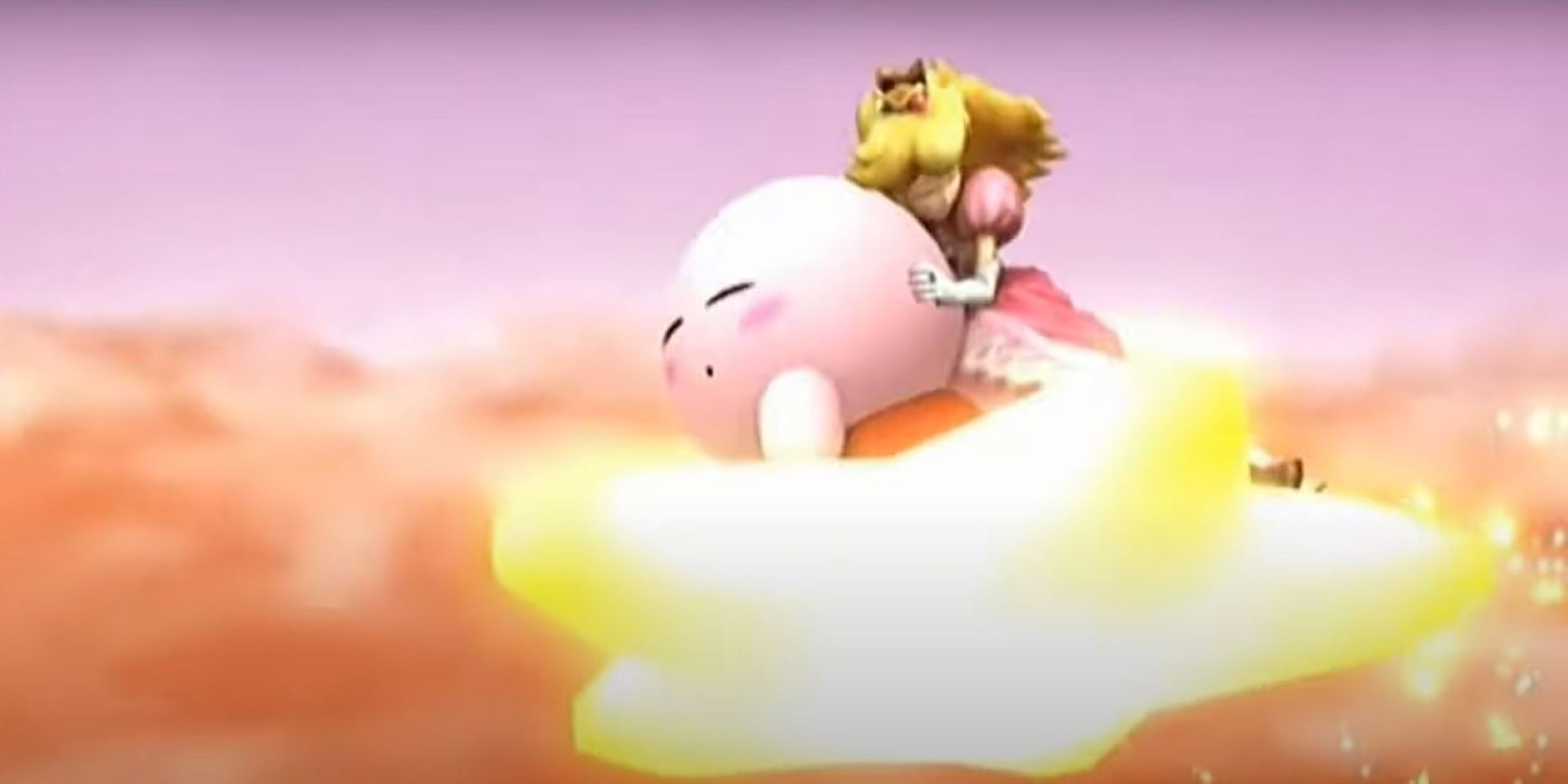
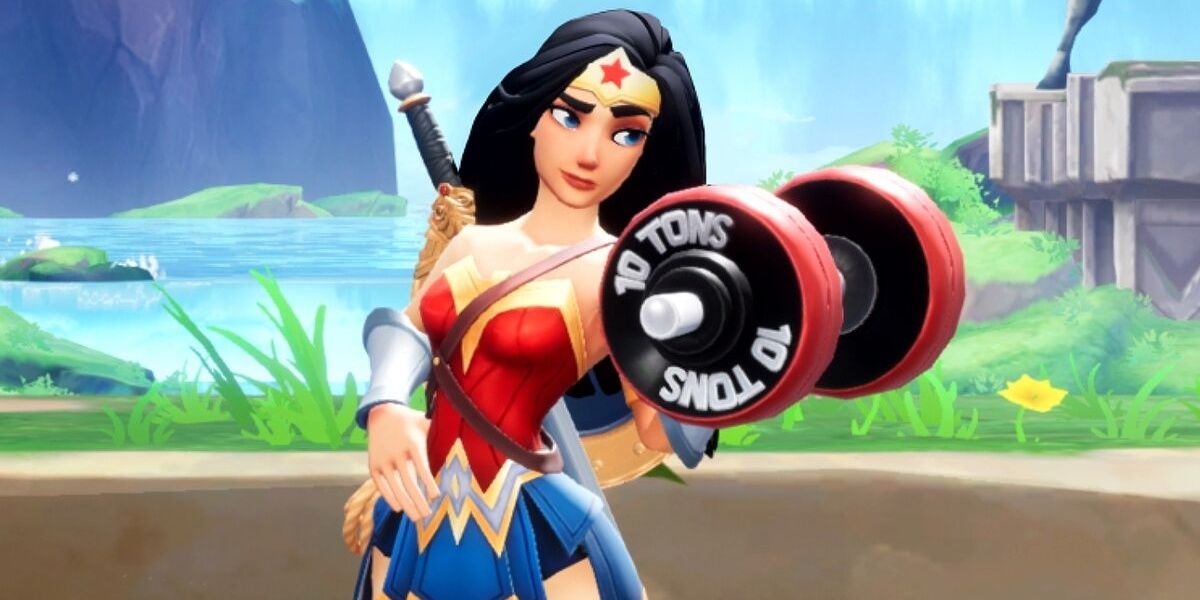

-(1).jpg)
